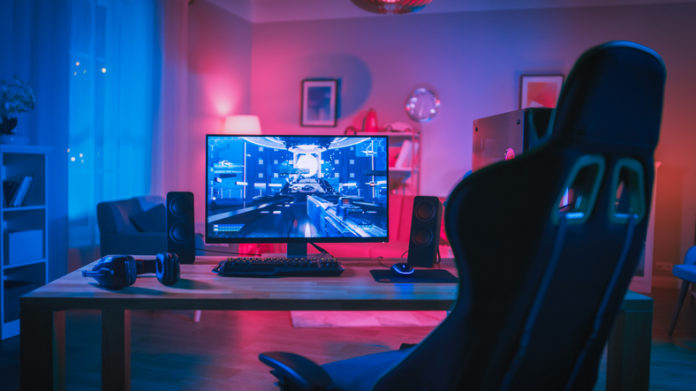Building your own PC can be a daunting task, but with the right knowledge and experience, it can also be incredibly rewarding. It requires careful planning and research to ensure that you get all the parts you need, as well as choosing components that are compatible with each other.
In this article, we’ll explain the basic components that you need to build a reliable and powerful PC, why each component is important, and how to choose parts within your budget.
Understanding the Components and Their Compatibility
The first step in building your PC is understanding the components and how they work together. You’ll need to pick out a CPU, motherboard, RAM, storage, graphics card (GPU), power supply unit (PSU), case, and cooling system. Each of these components has its own set of features and specifications that you’ll need to consider when building your PC.
For example, when selecting a CPU, you’ll want to think about how many cores it has, the clock speed, and power consumption. When it comes to the motherboard, make sure that it is compatible with the CPU and RAM you chose. It also needs to have enough ports for your other components and any peripherals you may want to connect.
You’ll also need to make sure that the RAM and storage are compatible with the motherboard, as well as have enough for your needs. For example, if you plan on gaming or doing video editing, you’ll likely need more RAM and storage than if you’re just using the PC for web browsing and word processing.
Choosing the Best Components Within Budget
Once you know what components you need, it’s time to find the best options within your budget. It can be tempting to go with the cheapest option, but this often results in subpar performance or unreliable parts.
When selecting components, research the different brands and their reviews to make sure that you’re getting a good quality product. Also, keep in mind that certain components (such as the CPU or GPU) are more important than others and should be given priority when choosing your budget. This will ensure that you have enough money left over for a good-quality power supply, case, and cooling system.
Lastly, consider checking the best custom PC builder website to help you pick out all the parts for your custom PC. These websites often offer customizable builds and can give you advice on which components will work best together.
The Benefits of Upgrading Components When Customizing Computers
Another important thing to keep in mind when customizing a PC is that there are plenty of benefits to upgrading parts. Upgrading components such as the CPU, RAM, and graphics card can give you a big boost in performance. It also allows for future upgrades down the line if needed.
When you upgrade components, make sure that they are compatible with each other and the rest of your system. You may also need to upgrade your power supply unit if you’re adding more powerful components.
Lastly, make sure that you have the right tools and know-how to install components correctly. If you’re unsure, it’s best to seek professional advice or have someone more experienced help you build your PC.
Conclusion
Building your own custom PC requires time, effort, and knowledge. Understanding the components and their compatibility with each other is essential. You also need to make sure that you’re choosing the best components within your budget and know how to install them correctly. While it takes a lot of work, the end result can be incredibly rewarding and give you a powerful PC that meets all your needs.










